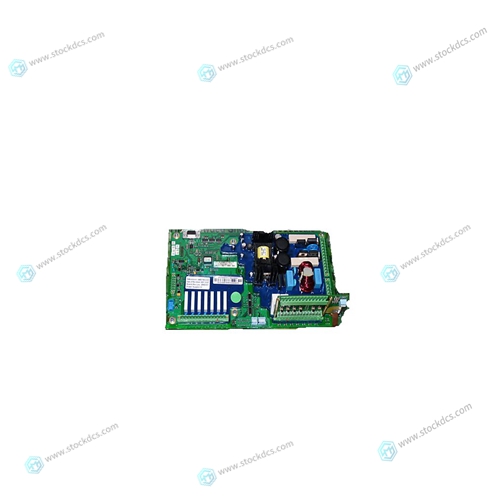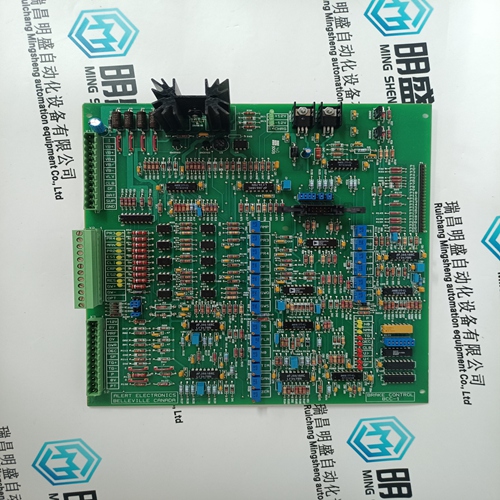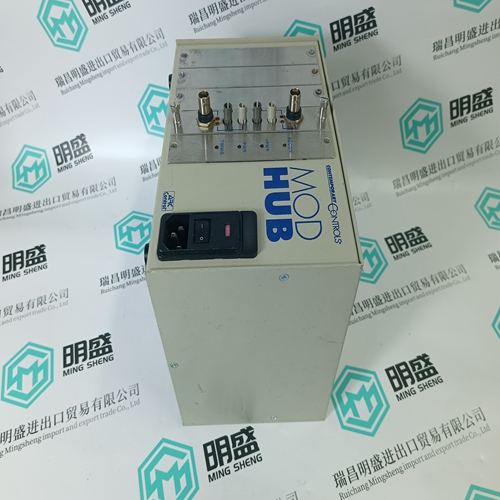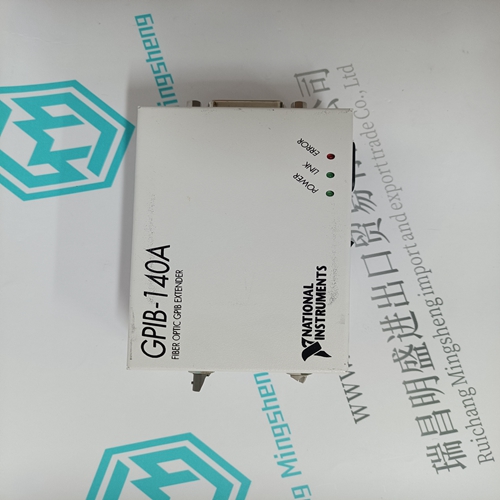Home > Product > DCS control system > ABB 751010R0815 1VC1T0374A00R Contact DC module
ABB 751010R0815 1VC1T0374A00R Contact DC module
- Product ID: 751010R0815 1VC1T0374A00R
- Brand: ABB
- Place of origin: The Swiss
- Goods status: new/used
- Delivery date: stock
- The quality assurance period: 365 days
- Phone/WhatsApp/WeChat:+86 15270269218
- Email:xiamen2018@foxmail.com
- Tags:ABB751010R08151VC1T0374A00RContact DC module
- Get the latest price:Click to consult
ABB 751010R0815 1VC1T0374A00R Contact DC module
Cancel Changes Click Cancel Changes to discard any settings made during this session. Note: This button only applies to changes made in the Radio Configuration / Diagnostic window. Changes made to individual configuration forms (for example, Spanning Tree, Parent Link, and SNMP Agent settings) take effect when the Save button is clicked on each of those forms.
Any alphanumeric value between one and 31 characters can be entered. The password is case-sensitive. If the password cannot be found, changes the radio settings cannot be done. To revert back to the default password, see the Troubleshooting section.Click the Apply Changes button to save the changes after editing radio configuration in order for those changes to take effect. When changes are applied, the radio will shut down and restart using the new settings.
RLX2-IHNF DFS Support
Some channels in the 5 GHz band are shared with radar and must adhere to Dynamic Frequency Selection (DFS) rules. This means that if the radio detects the presence of radar on its operating frequency, it must automatically change to another frequency. Master Radio Operations If radar is detected on an operating channel, transmissions must cease within the required Channel Closing Transmission Time, and must move to a new channel within the required Channel Move Time. Before transmitting on a new DFS channel that has not been previously checked for radar, the Master radio must monitor the channel for the Channel Availability Check Time before transmitting. Operations cannot return to a channel where radar was detected for at least the Non-Occupancy Period.
If a Master radio detects radar
it issues a channel change announcement to all Clients and Repeaters in the network. Then it moves to a new channel within the Channel Move Time. (Typically, this move time is 500 milliseconds or less.) If the selected channel was not previously checked for the presence of radar, the Master radio must do so for the Channel Availability Check Time before it can begin to transmit. If the newly-selected channel is not a DFS channel, or if the channel was previously monitored for radar since the radio was powered on, transmissions can begin immediately







Application industry
The products can be used in the following industries: power plant, paper making, steel, mining, rubber, water supply, cement, chemical industry, glass, printing Textile, machinery, plastics, coatings, medicine, hospitals, food, hotels, scientific research institutions






